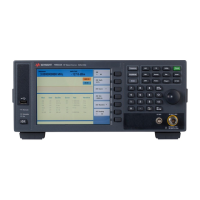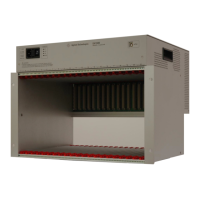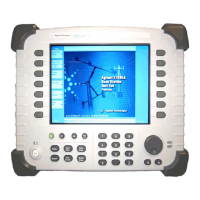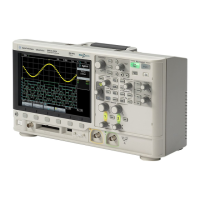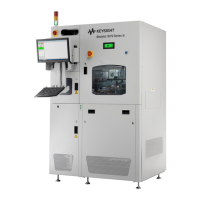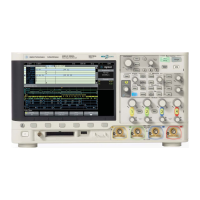Measurements and Math Functions 5
InfiniiVision 7000B Series Oscilloscopes User’s Guide 197
FFT Measurement
FFT is used to compute the fast Fourier transform using analog input
channels or an arithmetic operation g(t). FFT takes the digitized time
record of the specified source and transforms it to the frequency domain.
When the FFT function is selected, the FFT spectrum is plotted on the
oscilloscope display as magnitude in dBV versus frequency. The readout
for the horizontal axis changes from time to frequency (Hertz) and the
vertical readout changes from volts to dB.
Use the FFT function to find crosstalk problems, to find distortion
problems in analog waveforms caused by amplifier non- linearity, or for
adjusting analog filters.
FFT Units
0 dBV is the amplitude of a 1 Vrms sinusoid. When the FFT source is
channel 1 or channel 2 (or channel 3 or 4 on 4- channel models), FFT
units will be displayed in dBV when channel units is set to Volts and
channel impedance is set to 1 M.
FFT units will be displayed in dBm when channel units is set to Volts and
channel impedance is set to 50.
FFT units will be displayed as dB for all other FFT sources or when a
source channel’s units has been set to Amps.
DC Value
The FFT computation produces a DC value that is incorrect. It does not
take the offset at center screen into account. The DC value is not
corrected in order to accurately represent frequency components near DC.
Aliasing
When using FFTs, it is important to be aware of frequency aliasing. This
requires that the operator have some knowledge as to what the frequency
domain should contain, and also consider the sampling rate, frequency
span, and oscilloscope vertical bandwidth when making FFT
measurements. The FFT sample rate is displayed directly above the
softkeys when the FFT Menu is displayed.
